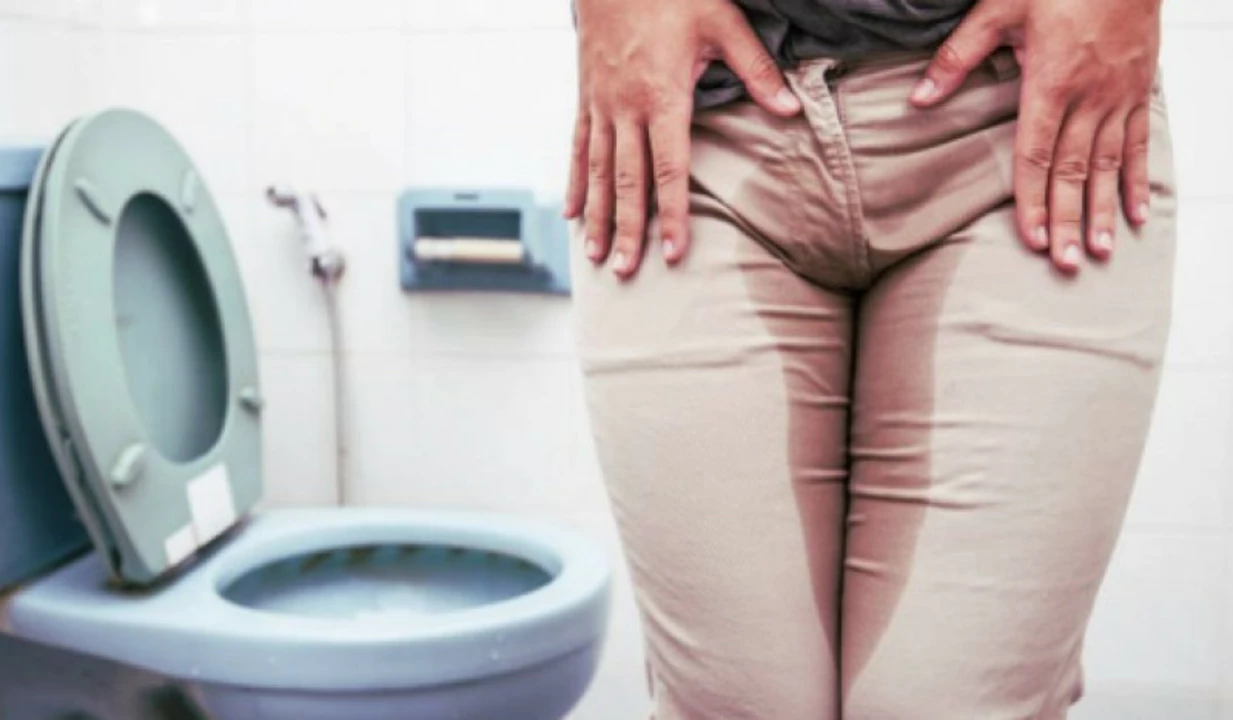Incontinence: simple steps to stop bladder leaks and feel confident
Bladder leaks are common, but you don’t have to live with them. Whether it’s a few drops when you cough or frequent urges that wake you at night, small changes often make a big difference. This guide gives clear, usable steps you can try today, plus when to get medical help.
What type do you have — and why it matters
There are three common types: stress (leaks during coughing, laughing or lifting), urge (sudden strong need to go), and mixed (both). Causes range from weakened pelvic muscles after childbirth or aging, to nerve conditions, UTIs, medications, or an overactive bladder. Knowing the type helps pick the right fix — and a simple bladder diary (write times you pee, leaks, drinks) will make that clear fast.
Start tracking for 3 days: note drink times, urgency, and leaks. Bring that diary to your pharmacist or doctor — it makes treatment choices quicker and more accurate.
Practical things to try right away
Pelvic floor muscle training (Kegels) is the first line for stress incontinence. To find the muscles, try stopping urine midstream once — that’s the squeeze. Do this off the toilet: tighten for 5 seconds, relax 5 seconds, repeat 10 times, three sessions a day. If you can’t feel progress after 8–12 weeks, a pelvic physiotherapist who specializes in pelvic floor rehab can help.
Bladder training helps urge incontinence. Start by delaying trips to the bathroom by 5–15 minutes and slowly increase the interval. Aim to stretch bladder time in small steps so you pee less often but hold comfortably.
Other quick wins: cut back on caffeine and alcohol (they irritate the bladder), spread fluids through the day instead of drinking a lot at once, lose excess weight if applicable, and avoid smoking—coughing from smoking can worsen leaks.
Absorbent pads and protective underwear reduce stress about accidents. Many brands offer discreet, skin-friendly options. For night-time leaks, consider a mattress protector and plan nighttime bathroom trips before bed.
Medications can help some people, especially with urge incontinence. Options include antimuscarinic drugs or mirabegron. These have side effects for some, so talk to a pharmacist or doctor about risks and costs. In Canada, programs and coupons can reduce medication costs—ask your pharmacy for current offers.
If basic steps don’t help, there are procedures (vaginal sling, bulking agents, Botox for the bladder) that work well for many people. Surgery is tailored to the problem, so specialist assessment is necessary.
See a doctor right away if you have sudden severe symptoms, blood in urine, fever, painful urination, or if leaks started after a fall or new medication. Otherwise, try the diary, Kegels, and a few lifestyle tweaks for a month and note changes.
You don’t have to accept leaks as normal. Small, practical steps often restore control and confidence. If you want, search for local pelvic floor physiotherapists, ask your pharmacist about safe meds and supplies, or book a clinic visit with your primary care provider.

The Impact of Urine Leakage on Quality of Life and How to Improve It
Urine leakage has greatly impacted my quality of life, making me constantly worry about embarrassing accidents and limiting my social interactions. It has also affected my self-esteem and confidence, causing emotional distress. To improve this situation, I've been exploring various lifestyle changes, such as maintaining a healthy weight, practicing pelvic floor exercises, and cutting down on caffeine and alcohol. Additionally, I'm considering consulting a healthcare professional for personalized advice and exploring other treatment options. By taking these steps, I hope to regain control over my life and enjoy my daily activities without fear or discomfort.
Read more